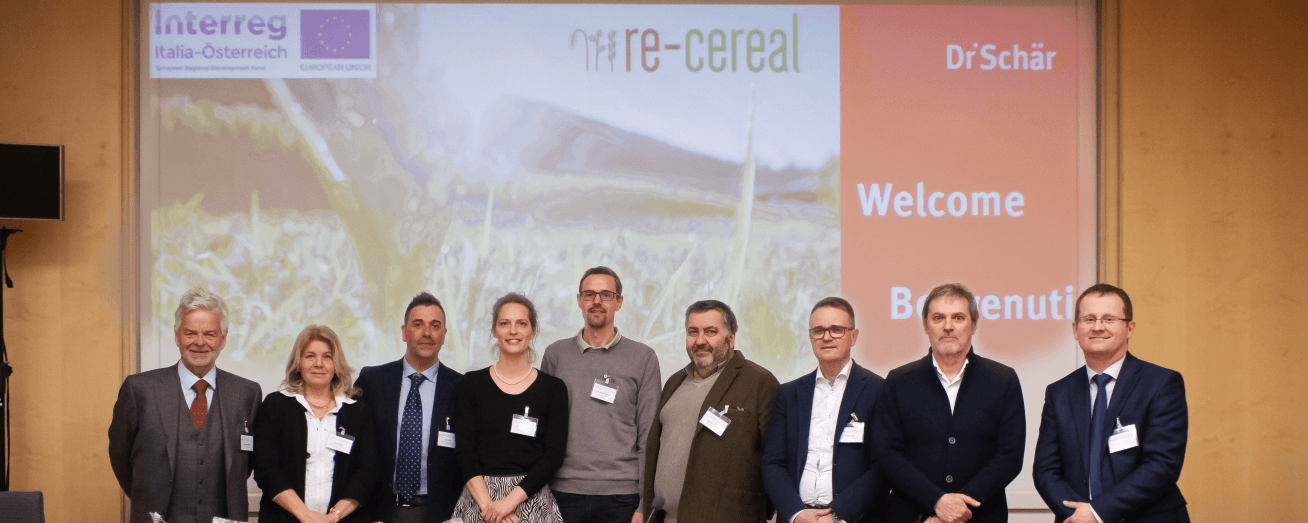The results of the Re-Cereal Project in Trieste
Dr. Schär and its partners have presented the findings of the Re-Cereal research project at the AREA Science Park in Trieste. Around 100 representatives from international celiac disease associations, journalists, and nutrition specialists participated in the final conference in March to discuss the nutritional and agricultural potential of various gluten-free grain varieties: oats, millet, and buckwheat. The goal of the research was to revive the cultivation of these grains in the alpine region, study high-performance varieties, and use this information to develop new gluten-free foods.
Oats, millet, and buckwheat offer particular potential for a healthier gluten-free diet. Over the 30 month research period, researchers focused on 10 different buckwheat varieties and 12 millet varieties, studying the genetic, agronomic, and nutritional/biochemical properties. The project was led by Dr. Schär and conducted in collaboration with geneticists, chemists, agronomists, and food scientists. The research was funded by the European Regional Development Fund and Interreg V-A Italy-Austria 2014-2020. The project results were very positively received at the conference.
Agricultural potential and antioxidant properties
Three millet and two buckwheat varieties have particularly high agricultural potential, a finding presented by Prof. Stefano Marchetti of the University of Udine, who worked on the genetic optimization of the cultivars. Manuel Pramsohler of the Laimburg Research Centre and Prof. Fabiano Miceli from the University of Udine also identified certain millet and buckwheat varieties that have significantly better yields, weight, and maturity. In terms of nutrition, the gluten-free aspect of millet and buckwheat make them interesting research targets. They also provide antioxidant properties. The research also showed that selected varieties of the pseudo cereal buckwheat are particularly rich in rutin, a secondary plant metabolite, and glycoside, which offers antioxidant properties.
Consumers sensitive to consistency of alternative cereal varieties
Ombretta Polenghi and Luca Ciali from Dr. Schär's Research & Innovation team studied approaches for optimal development of gluten-free foods. A sensory study conducted in the context of the project highlighted the fact that consumers can clearly distinguish the consistency of buckwheat and millet products. At the conference the participants had the chance to see for themselves: In the sensory room, they were able to taste different products prepared from buckwheat and millet.
But how will the research results be used in practice? True to the company mission, Innovating special nutrition, Dr. Schär will incorporate the project results directly in the development of new gluten-free products.
For more information on the Re-Cereal project, visit www.re-cereal.com.
